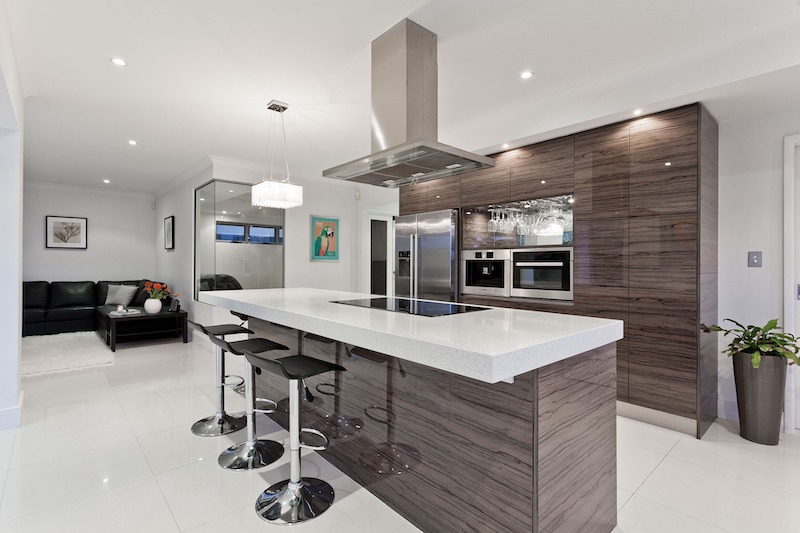How to Design a Kitchen Cabinet Layout: An Extensive Guide
by Gary Wade • March 12, 2024
Designing a kitchen cabinet layout can be a daunting task, especially if you are new to home improvement projects. However, with the right guidance, you can transform your kitchen into an efficient, stylish, and functional space. This comprehensive guide will provide you with essential tips and strategies to help you understand how to design a kitchen cabinet layout.
Understanding the Basics of Kitchen Cabinet Layout
Before we delve into the specific strategies, it's important to understand the basic principles of kitchen design. Your kitchen should not only be aesthetically pleasing but also functional and efficient. To achieve this, you need to consider the kitchen's size, shape, and the placement of appliances and cabinets. The goal is to create a space that allows for smooth movement and easy access to all areas.
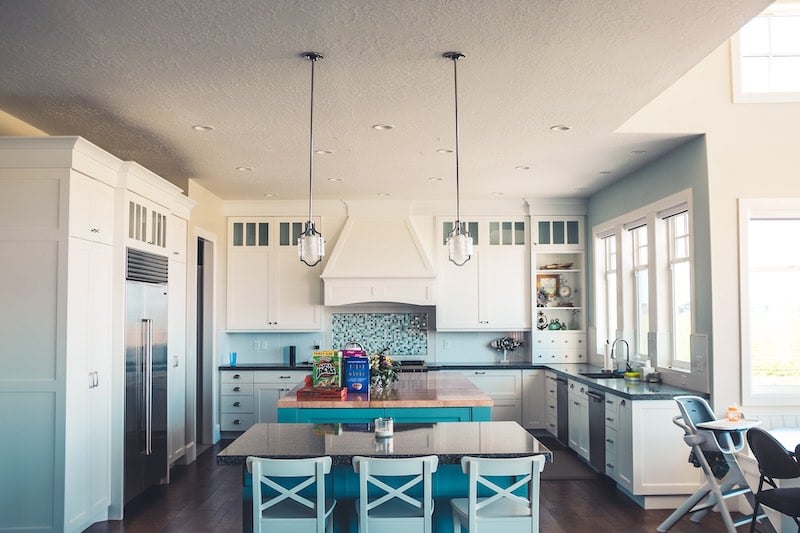
Kitchen Layout Types
There are several types of kitchen layouts, each with its own set of advantages and drawbacks. These include
- One-Wall Kitchen: This layout is ideal for small spaces. All appliances and cabinets are placed along one wall, making the most of limited space.
- Galley Kitchen: Named after the compact galleys found on ships, this layout features two parallel countertops with a walkway in between. It's an efficient design that maximizes space and is ideal for small kitchens.
- L-Shaped Kitchen: This layout utilizes two adjacent walls to form an 'L' shape. It offers plenty of counter space and storage, and is well-suited for both small and large kitchens.
- U-Shaped Kitchen: This layout features countertops on three connecting sides, providing ample room for cooking and storage. It's one of the most efficient layouts, especially for large kitchens.
- Island Kitchen: This layout includes a large island in the center of the kitchen, which can be used for food preparation, dining, or additional storage.
- Peninsula Kitchen: Similar to an island kitchen, this layout features a small island (or peninsula) that juts out from the main countertop. It provides additional workspace and seating, without interrupting the workflow.
Understanding these layouts will help you determine which one is most suitable for your kitchen's size and shape.
The Importance of the Work Triangle
One of the key principles of kitchen design is the 'work triangle'. This concept refers to the imaginary triangle formed between the refrigerator, sink, and stove. These are the three most used areas in a kitchen, and the idea is to place them close to each other to reduce movement and increase efficiency. When learning how to design a kitchen cabinet layout, keep this principle in mind.
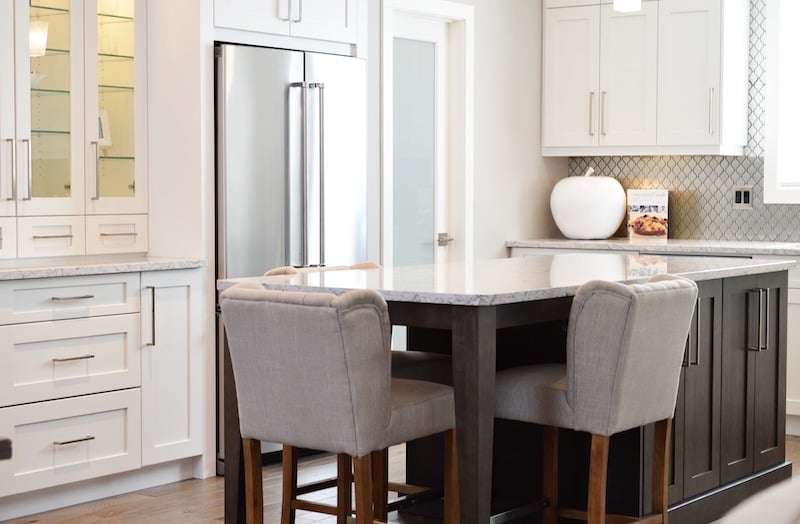
Step-by-Step Guide on How to Design a Kitchen Cabinet Layout
Now that you understand the basics, let's dive into the step-by-step process of designing a kitchen cabinet layout.
Step 1: Assess Your Current Kitchen
The first step in designing a kitchen cabinet layout is to assess your current kitchen. Take note of what works and what doesn't. This assessment should include aspects like storage, workflow, lighting, and appliance placement. Consider your lifestyle and how you use your kitchen. Do you love to cook and need more counter space? Do you entertain often and need a layout that accommodates guests? These factors will help guide your design process.
Step 2: Decide on a Layout
Based on your needs and the size of your kitchen, decide on a layout. As discussed earlier, you can choose from one-wall, galley, L-shaped, U-shaped, island, or peninsula layouts. If you're unsure, consult with a kitchen design expert or use a kitchen design tool to visualize different layouts.
Step 3: Plan for Storage
Storage is a crucial aspect of any kitchen design. When planning your kitchen cabinet layout, consider both the quantity and type of storage you need. This could include deep drawers for pots and pans, a pantry for food storage, or a cabinet with built-in dividers for utensils. Also, don't forget about corner cabinets, which can provide additional storage space.
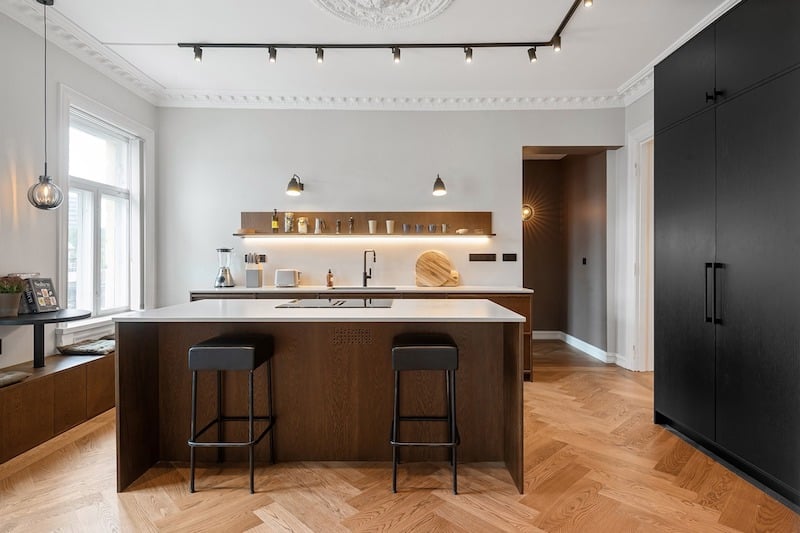
Step 4: Consider Ergonomics
Ergonomics refers to the efficiency and comfort of a workspace. In a kitchen, this could involve placing frequently used items within easy reach, ensuring there's enough clearance for cabinet doors to open fully, or installing a dishwasher next to the sink for easy loading and unloading. An ergonomic kitchen design can greatly enhance your cooking experience.
Step 5: Choose Your Cabinets
Now comes the fun part - choosing your cabinets. Kitchen cabinets come in a variety of styles, materials, and colors, so you're sure to find something that suits your taste. When choosing cabinets, consider their quality, durability, and how they'll fit into your overall kitchen design. Remember, cabinets are a long-term investment, so it's worth spending a bit more on high-quality options.
Step 6: Finalize the Design
Once you've planned the layout, planned for storage, considered ergonomics, and chosen your cabinets, it's time to finalize your kitchen cabinet layout. This is where you'll add the finishing touches, like choosing hardware for your cabinets, picking a backsplash, and selecting lighting fixtures. Once all these elements are in place, you'll have a kitchen design that's not only beautiful but also functional and efficient.
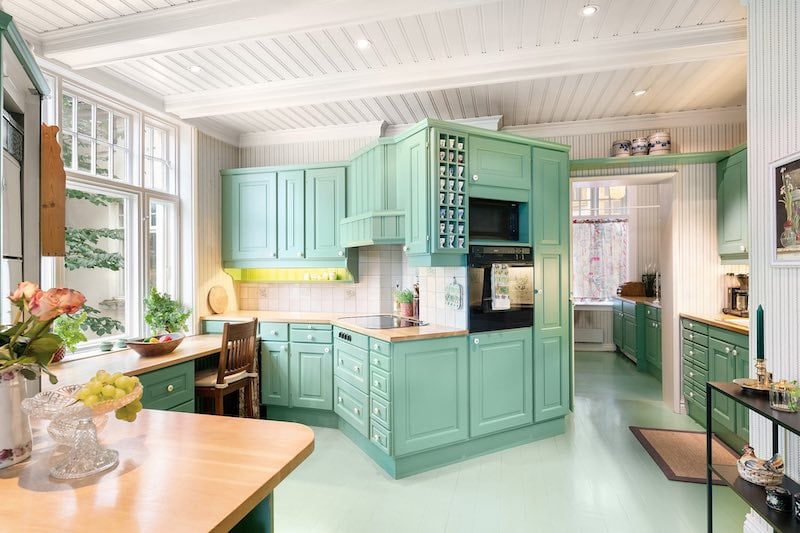
Tips for Designing a Kitchen Cabinet Layout
Designing a kitchen cabinet layout can be challenging, but with a few tips, you can make the process easier. Here are some strategies to help you create the perfect layout for your kitchen:
Tip 1: Prioritize Functionality
While aesthetics are important, functionality should be your top priority when designing a kitchen cabinet layout. Think about how you use your kitchen and design the layout to accommodate your needs. For instance, if you cook a lot, ensure you have plenty of counter space and easy access to your stove and oven. If you entertain frequently, consider incorporating a kitchen island or peninsula for additional seating
Tip 2: Utilize Corners
Corners are often overlooked in kitchen design, but they can provide valuable storage space. Consider using corner cabinets or installing a lazy Susan to make the most of these areas.
Tip 3: Plan for Appliances
Your kitchen appliances play a crucial role in your kitchen layout. When designing your kitchen cabinet layout, ensure there's enough space for all your appliances and that they're in convenient locations. For instance, your dishwasher should be near your sink for easy cleanup, and your refrigerator should be accessible without obstructing any work areas.
Tip 4: Don't Forget About Lighting
Good lighting is essential in a kitchen, not only for aesthetics but also for safety. Ensure your kitchen has a mix of ambient, task, and accent lighting. Under-cabinet lighting, for example, can provide focused illumination for food preparation, while pendant lights over an island can create a cozy ambiance.
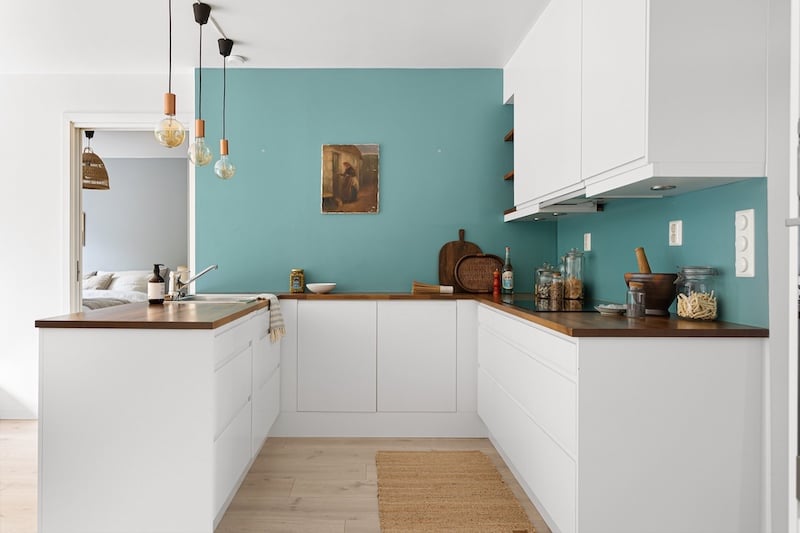
Tip 5: Consult a Professional
If you're feeling overwhelmed by the process of designing a kitchen cabinet layout, consider consulting a professional. A kitchen designer can help you understand your options, provide suggestions based on your specific needs, and create a layout that's both functional and beautiful.
Understanding How to Design a Kitchen Cabinet Layout
Designing a kitchen cabinet layout is no small task, but with careful planning and consideration, you can create a kitchen that's not only beautiful but also functional and efficient. By understanding the basics of kitchen design, choosing the right layout for your space, and following our step-by-step guide and tips, you'll be well on your way to creating your dream kitchen. Remember, the key is to prioritize functionality, utilize all available space, plan for your appliances, and don't forget about lighting. Happy designing!
overall rating: my rating: log in to rate




